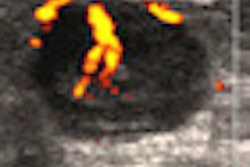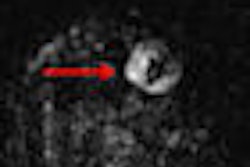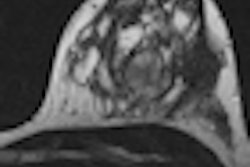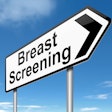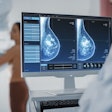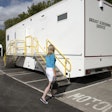Dear AuntMinnie Member,
Momentum continues to build in favor of CT lung screening for high-risk individuals. This week the American Lung Association (ALA) offered its support for screening by issuing guidelines that indicate just who should receive the scans.
Like the National Lung Screening Trial (NLST) recommendations they are based on, the ALA guidelines call for screening individuals who are current or former smokers, and who have a history of 30 pack-years of smoking, according to a new article by international editor Eric Barnes in our CT Digital Community. The guidelines reflect NLST results indicating that CT screening could reduce mortality by 20% in these high-risk individuals. Read more by clicking here.
Of course, lung screening is still a touchy subject, as public health experts are wary of adding another exam to the battery of screening tests already being offered. And screening in general has come under fire from many skeptics who believe that the benefits of frequent screening do not outweigh the harms.
But the clinical evidence behind CT lung screening may be too weighty to ignore. And as indicated in a recent study in Health Affairs, CT lung screening could actually be more cost-effective than just letting patients present when they're symptomatic for disease.
In other CT news, a study published online today in Radiology documents the rising use of CT for children presenting to the emergency department with nontraumatic abdominal pain. The study found discrepancies in the use of CT between pediatric and general hospitals, indicating that more work may need to be done to standardize protocols. Learn more by clicking here, or visit the CT Digital Community at ct.auntminnie.com.
ACR weighs in on breast density
In other news, the American College of Radiology (ACR) today issued a position statement on whether breast density information should be included in mammography reports -- as is the case in a handful of states that have passed legislation recently requiring mandatory notification.
Radiology has been walking a tightrope on the issue. On the one hand, radiologists resent any legislative intrusion into how they handle and communicate with patients; on the other, they're afraid of alienating the women's health advocates who are strongly pushing breast density awareness.
The ACR statement carefully straddles these positions, highlighting the value of knowing a patient's breast density when interpreting mammograms, but also pointing out the potential pitfalls of density notification. Learn more by clicking here.
In other women's imaging news, learn about a recent study that found a link between how much time radiologists spend on mammograms and their confidence in their interpretation, as well as a story on a novel technology called breast transillumination. Even though nearly 30,000 transillumination devices are being used internationally, a U.S. Food and Drug Administration panel recently recommended that the devices continue to go through the agency's most stringent regulatory path.
Get these stories and more by visiting our Women's Imaging Digital Community.





